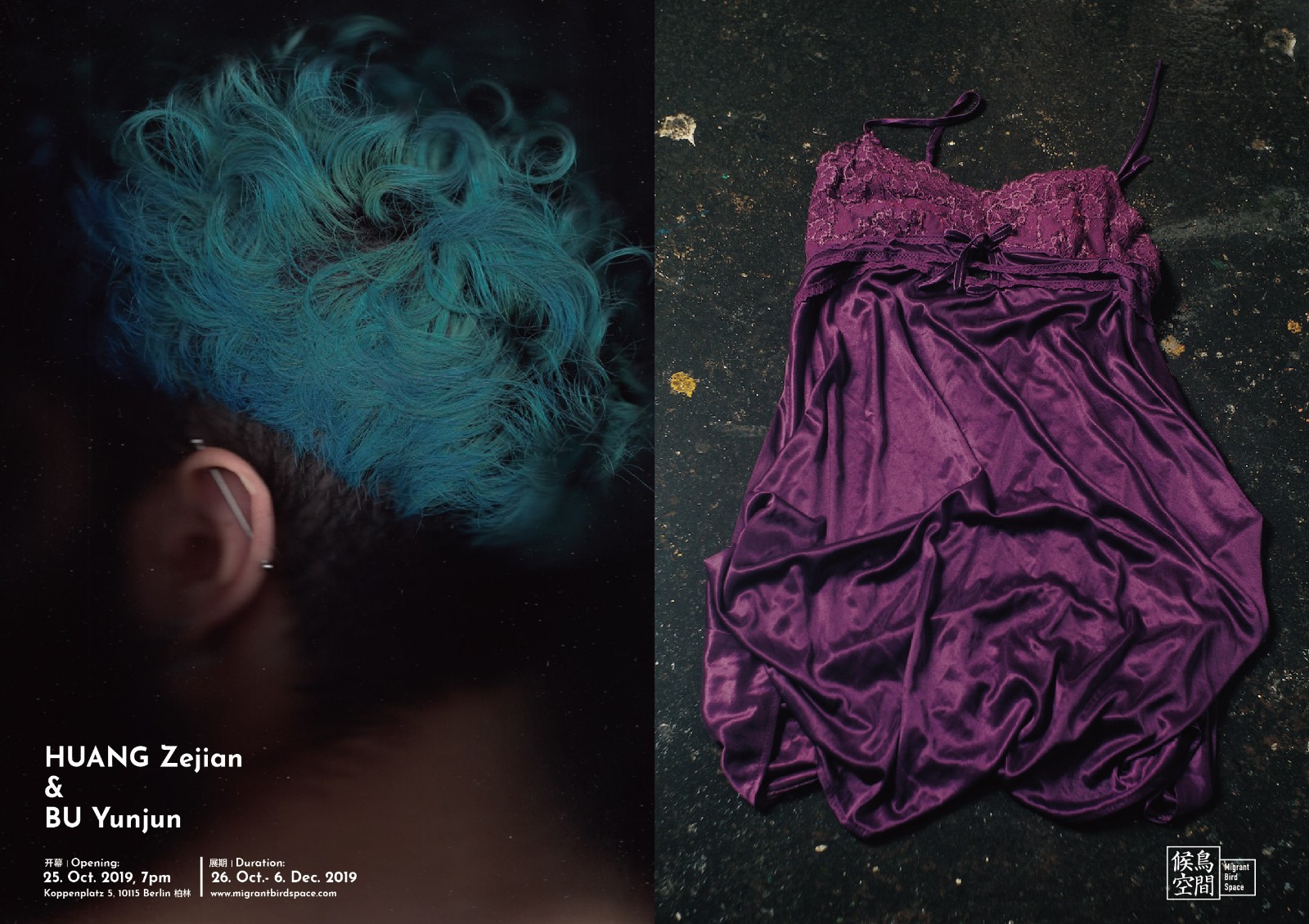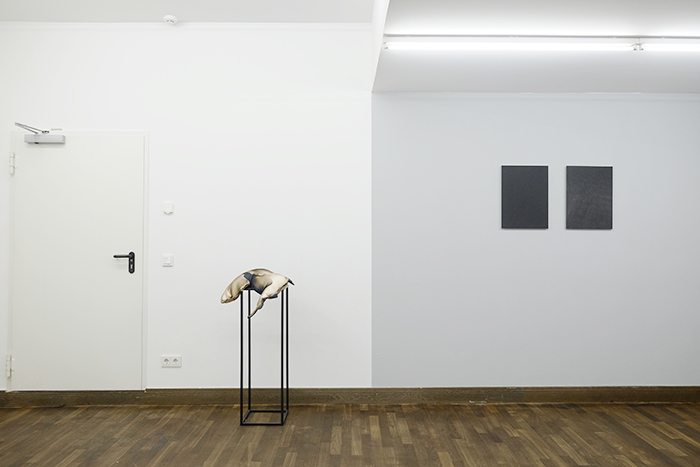Two Chinese artists exploring the sensuality and inherent eroticism of everyday materials and images. Both work in a variety of media, yet base their initial approach to art on the medium of photography.
Employing amorphous shapes made out of mixed materials and nylon fabric, Huang Zejian’s sculptures fathom human sexuality and the particular appeal of human limbs. He uses photographs of body parts to print on nylon textiles or satin, which he then fills with EPS Polystyrene, suing his pieces together to create disturbing installations of a surreal beauty. While these sculptures remain entirely abstract, the sexual innuendo is undeniable, making it difficult, in fact, to display parts of Huang’s work in China. To Huang, the human body is central to his work in every aspect as “it cannot hide human desires and inner conflict, it’s the only medium for sex and eroticism.” (2018)
Bu Yunjun has a professional background in painting, yet decided to pursue his interest and talent in photography. He collects everyday scenes and objects as a well as, oftentimes, vintage photos of classical Chinese painting, which he photographs and translates into an abstracted minimalist language. According to Bu, both classical photography and what we may consider as “useless” imagery have a value in their own regard. How we evaluate a picture depends on how we recognize it. “I am interested in the condition between real photographic works and useless images. This grey zone gives me inspiration for how I see an image and how to make one.” By stripping a photo of all unnecessary content, he seeks to uncover basic information, while reflecting on our personal relationship to images and their cultural merit as such. At the same time, his minimalist work has an inherent sensuality. An indispensable part of it is the interplay of shadows and light — sometimes hardly any light at all—, which lends Bu’s images a tangible, three-dimensional quality with a focus on delicate surfaces, fabrics and folds.
“I have been trying to figure out the relationship between subject and light — this is what brings a work into being. And through seemingly underexposed photos, I wanted to find a critical point between light and the photographed subject. What exists at this point is what I think is the most real.”
After their group show at Migrant Bird Space Beijing in 2018, this is the artists’ first exhibition in Berlin.


